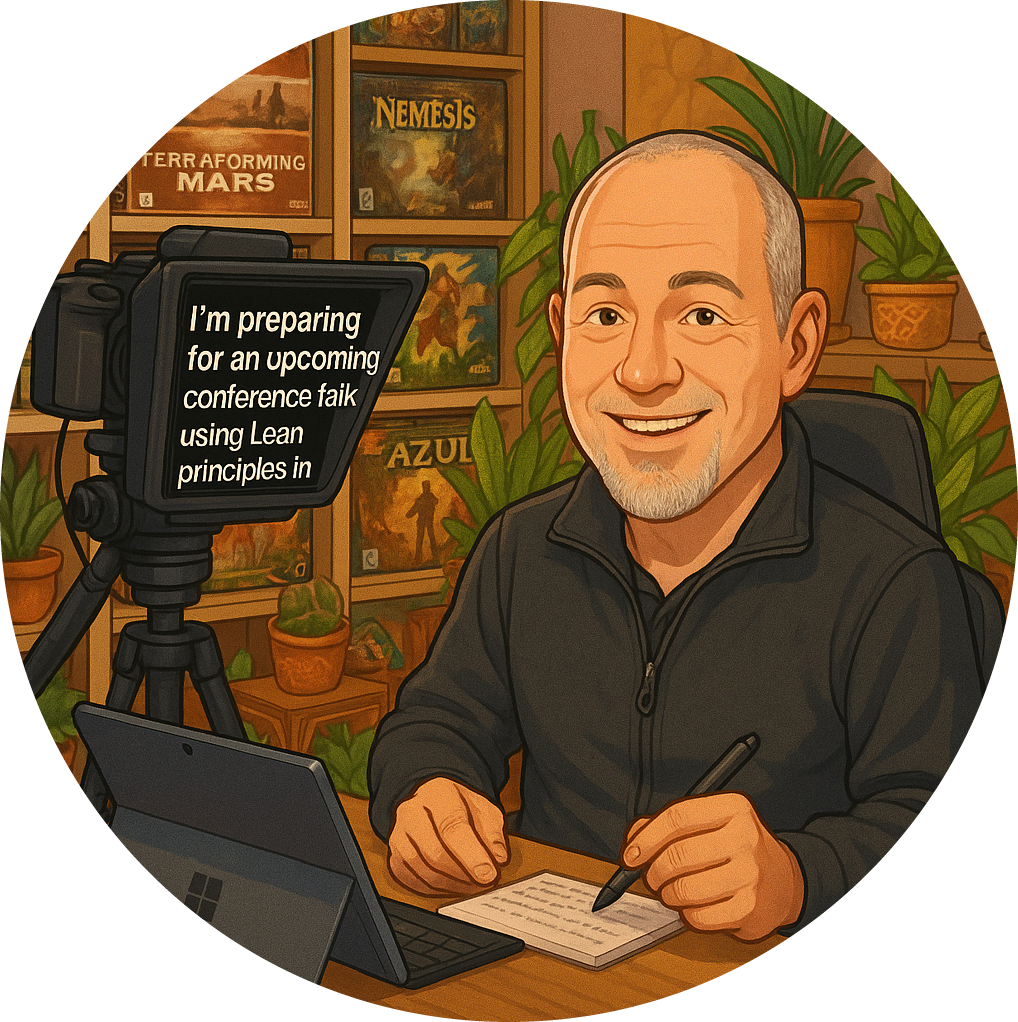When most people hear the term “ Product Owner ,” they typically think about managing a product backlog and making sure the team works through it. While this is part of the job, it’s a very small piece of the puzzle. In reality, the Product Owner role is far more significant, with broader responsibilities and accountability. Let’s dive deeper into what it means to be a true Product Owner in an Agile environment, and why many who take on the role often find themselves surprised by its complexity.
Understanding the Breadth of the Product Owner Role
Many people come into a Product Owner role thinking it’s just about managing tasks for the team. However, this oversimplifies what’s actually a dynamic and challenging role.
A Product Owner is more than a backlog manager.
In
Scrum
, the Product Owner is essentially an Agile Product Manager with additional skills and responsibilities. This means:
Strategic Thinking: The Product Owner isn’t just ticking boxes; they are deciding how to spend the company’s budget through the prioritization of the product backlog.
Decision-Making: A Product Owner must decide when features will be released, making them the gatekeeper for value delivery .
Value Maximization: The role revolves around ensuring that every piece of work done by the team adds maximum value to the product.
The Surprise Factor
Most people who attend a Product Owner training class quickly realize that they don’t want the role after all. It’s bigger, more demanding, and comes with more accountability than they initially believed.
Why?
Accountability for Spending: Even if your role as a Product Owner is limited to ordering the backlog, you are still controlling the budget. You are deciding what gets built and when, which directly influences how the company’s money is spent.
Influence Over Product Direction: If you can add or remove items from the backlog, you’re not just controlling spending, you’re shaping the product’s future.
Key Responsibilities of a Product Owner
As a Product Owner, you’re accountable for:
Managing the budget through effective backlog prioritization.
Making strategic decisions about what to build next.
Leading the product toward market leadership by making informed bets on which features will deliver the most value.
What Does It Take to Maximize Value?
To truly maximize the value your team delivers, the Product Owner needs more than a backlog to manage. They need a wide array of information, controls, and relationships to make well-informed decisions.
What Information Do You Need?
To decide which features to prioritize, the Product Owner must consider several factors:
Business Trends: What’s happening in the market?
Customer Feedback: What are users saying about your product?
Competitor Analysis: What features are competitors offering?
Long-term vs. Short-term Value: Does this feature add immediate value, or will it benefit the product in the long run?
A Product Owner has to look beyond the backlog and into the future, predicting what will bring the most value, both now and down the road.
How to Stay Ahead of the Market
If you’re simply responding to requests and feedback from the organization, you’re playing catch-up. But as a Product Owner, your goal is to lead the market.
Be proactive: Instead of waiting to see what your competitors are doing, anticipate market needs and build the features that will make them follow you.
Set trends, don’t follow them: Aim to have your competitors look at your product and say, “We need to add that functionality to ours.”
The Levers of Control
To succeed as a Product Owner, you need access to organizational levers that will allow you to adapt to changes and maximize value:
Prioritization Power: Control over the order in which the team tackles features.
Backlog Flexibility: The ability to add and remove items from the backlog based on new insights.
Stakeholder Relationships: Close ties with business leaders, customers, and market analysts to inform your decisions.
Advice for Aspiring Product Owners
Build strong relationships: The more you understand the market and your stakeholders, the better your decisions will be.
Focus on continuous learning : Attending a Product Owner class is a great start, but it’s just that, a start. The more you invest in learning about the market, customer needs, and Agile practices, the more effective you’ll be.
Training: Why It’s Important but Not Enough
A Product Owner training class is an excellent way to get introduced to the tools and techniques you’ll need, but it won’t make you an expert. The true value of a class lies in expanding your understanding of the role. You’ll walk away with:
Broader awareness of what a Product Owner is responsible for.
New tools and techniques that can help you start filling in the gaps in your knowledge.
Connections with other professionals who can share their experiences and insights.
However, remember that training is just the beginning. To be the best Product Owner you can be, you need to go beyond the classroom and immerse yourself in the day-to-day challenges of product management .
Key Takeaways from a Product Owner Class:
Introduction to essential tools like backlog management, prioritization, and stakeholder communication.
Broadened scope of the responsibilities and accountability involved.
Networking opportunities with other Product Owners and Agile professionals.
Conclusion: Being a Product Owner is a Big Job, But It’s Worth It
Taking on the role of a Product Owner is challenging, but with the right mindset and tools, it’s incredibly rewarding. You’re not just building products, you’re shaping the future of the business. By understanding the broader scope of your role, forming strong relationships, and making informed strategic decisions, you’ll not only maximize the value of your product but also lead the market in innovation.
Ready to Take the Next Step?
If you’re ready to dive deeper into what it takes to be a successful Product Owner, book a call or visit us at Naked Agility to learn more about our immersive and traditional public classes. We’d love to help you on your journey to becoming a market-leading Product Owner!
💡 Pro Tip: Stay curious and always seek to learn more about your product, your customers, and the market. The best Product Owners are always evolving!
By understanding the depth of the Product Owner role, you’ll be better prepared to handle its complexities and unlock its true potential. Whether you’re new to the role or looking to refine your skills, continuous learning and relationship-building will be key to your success. 🚀


























